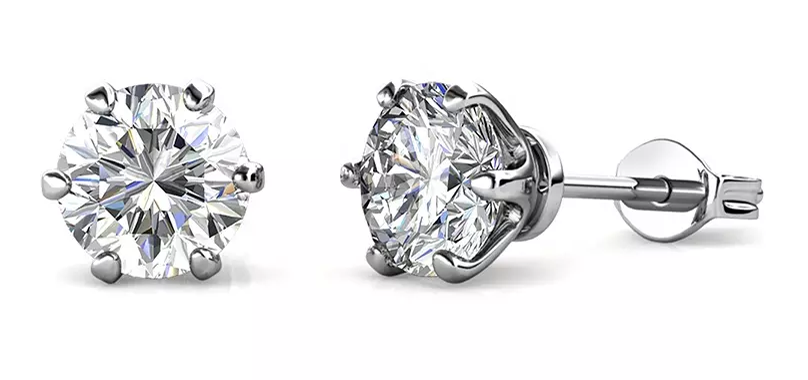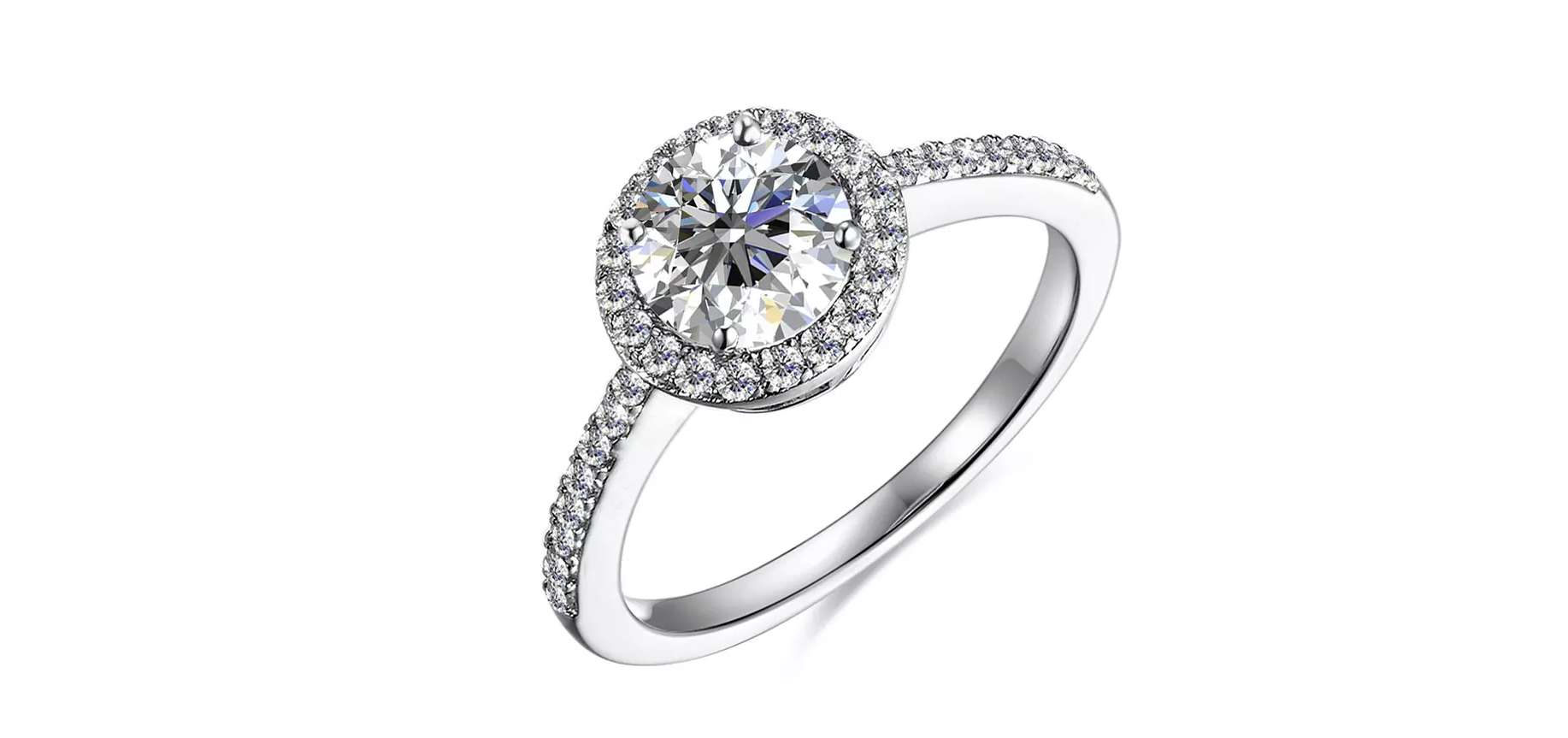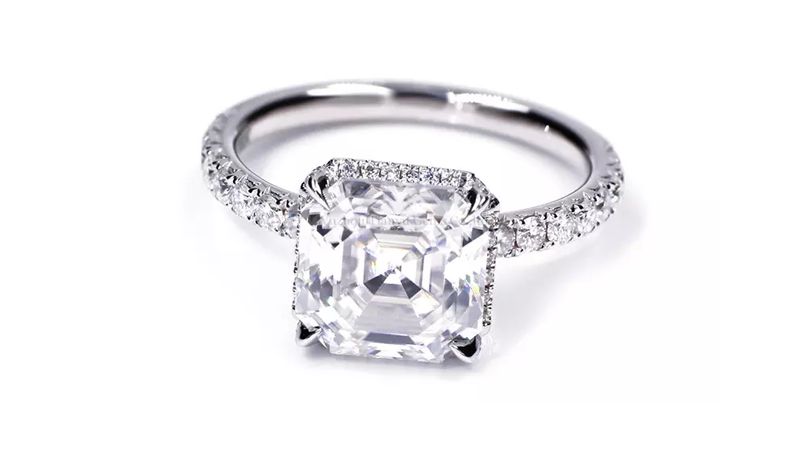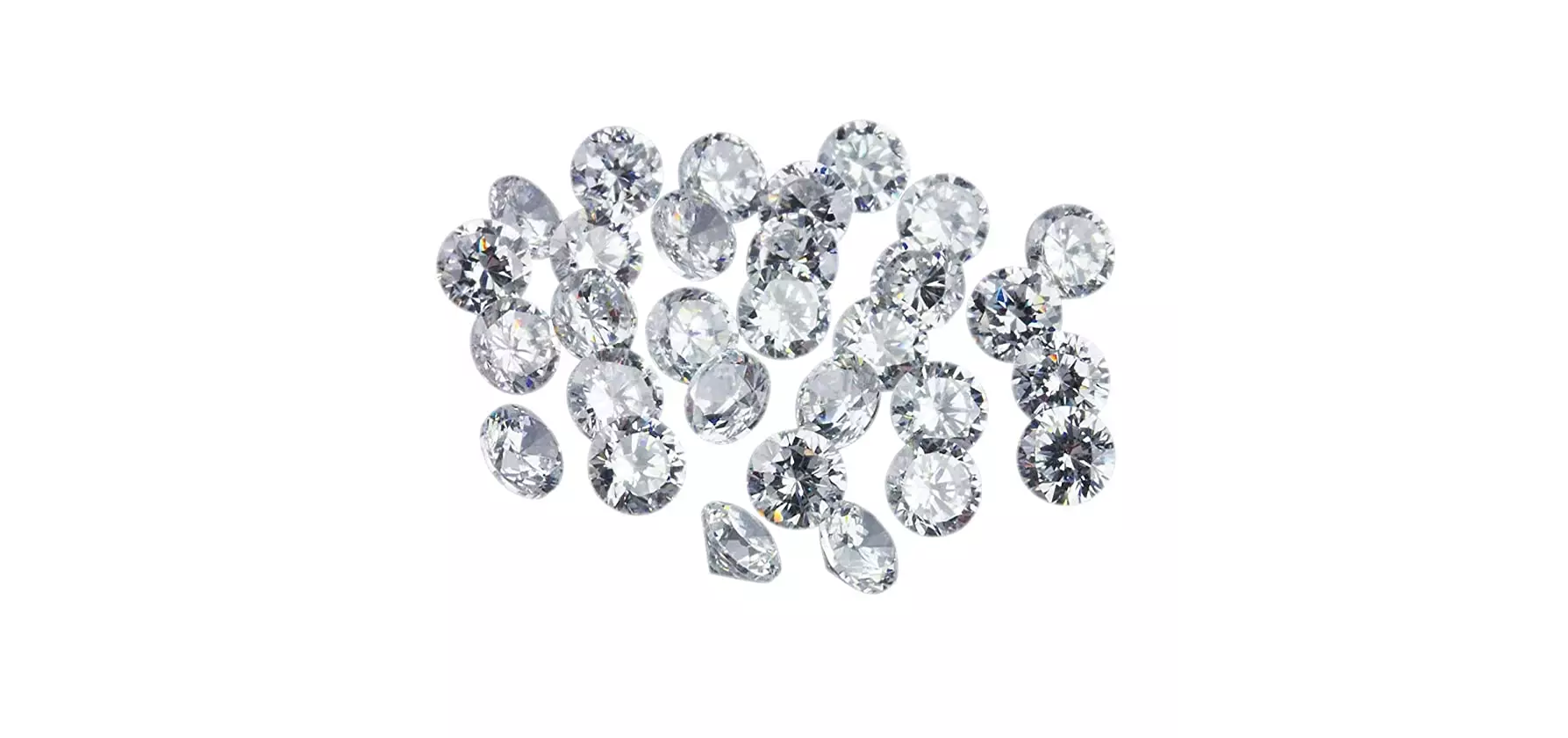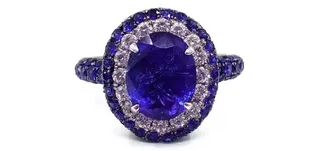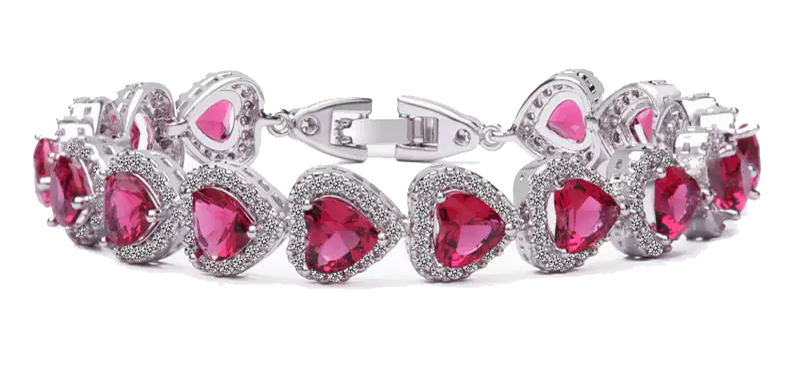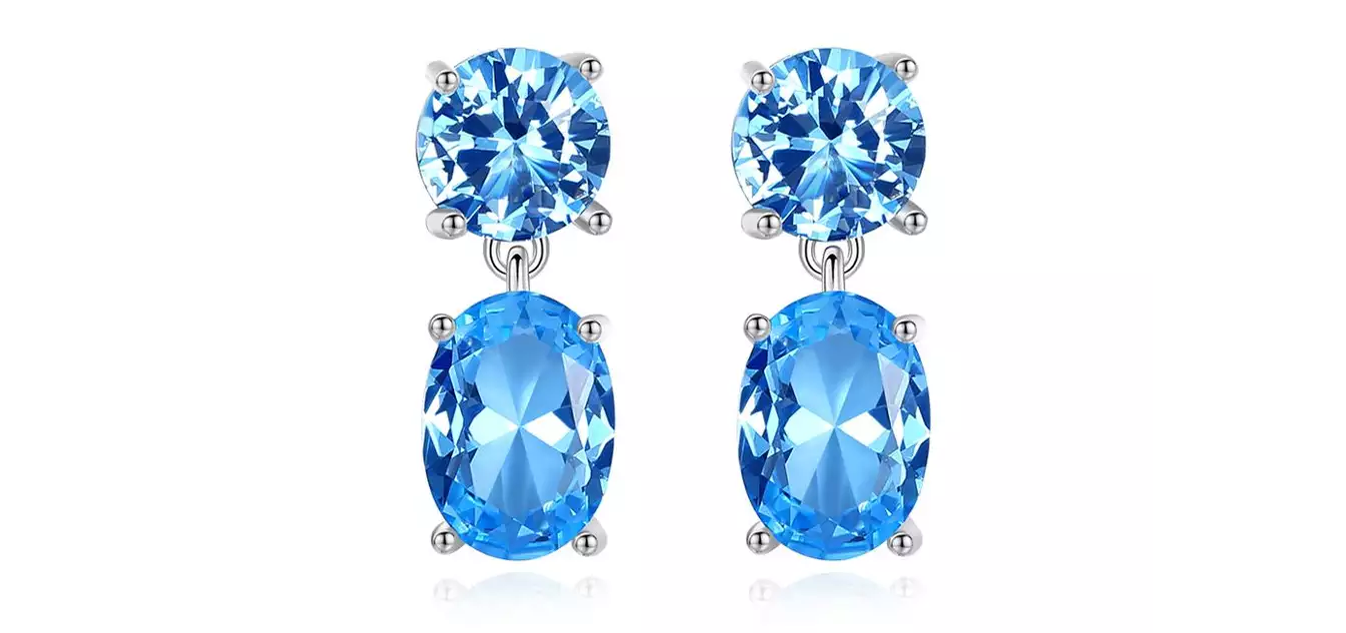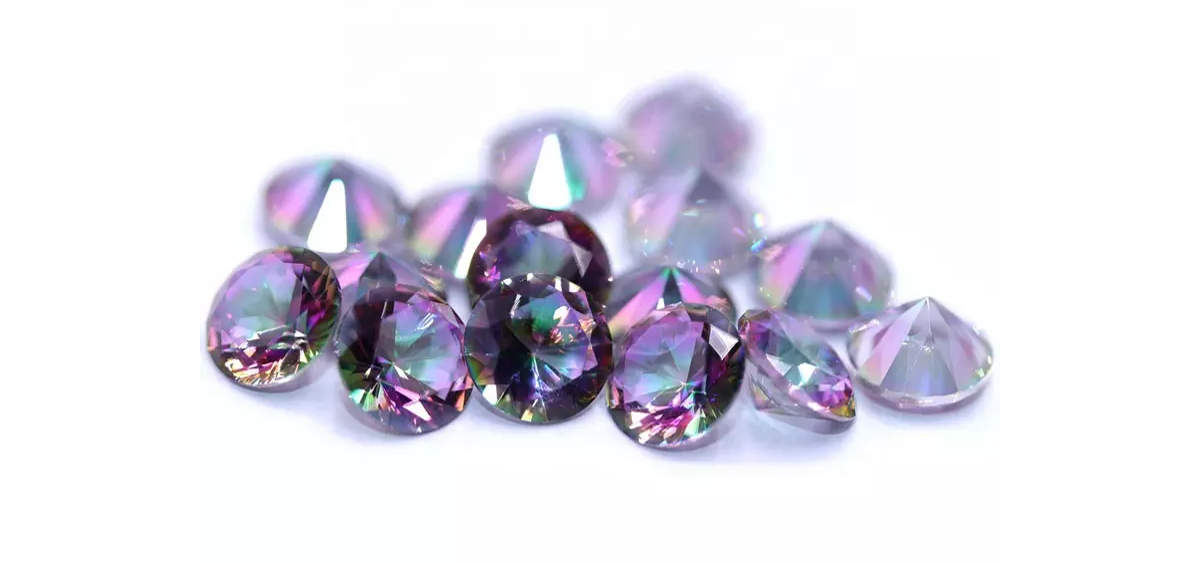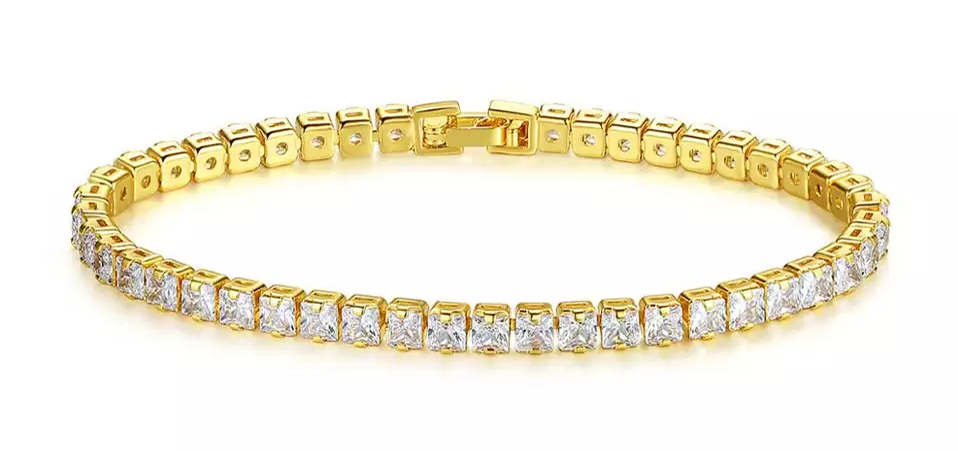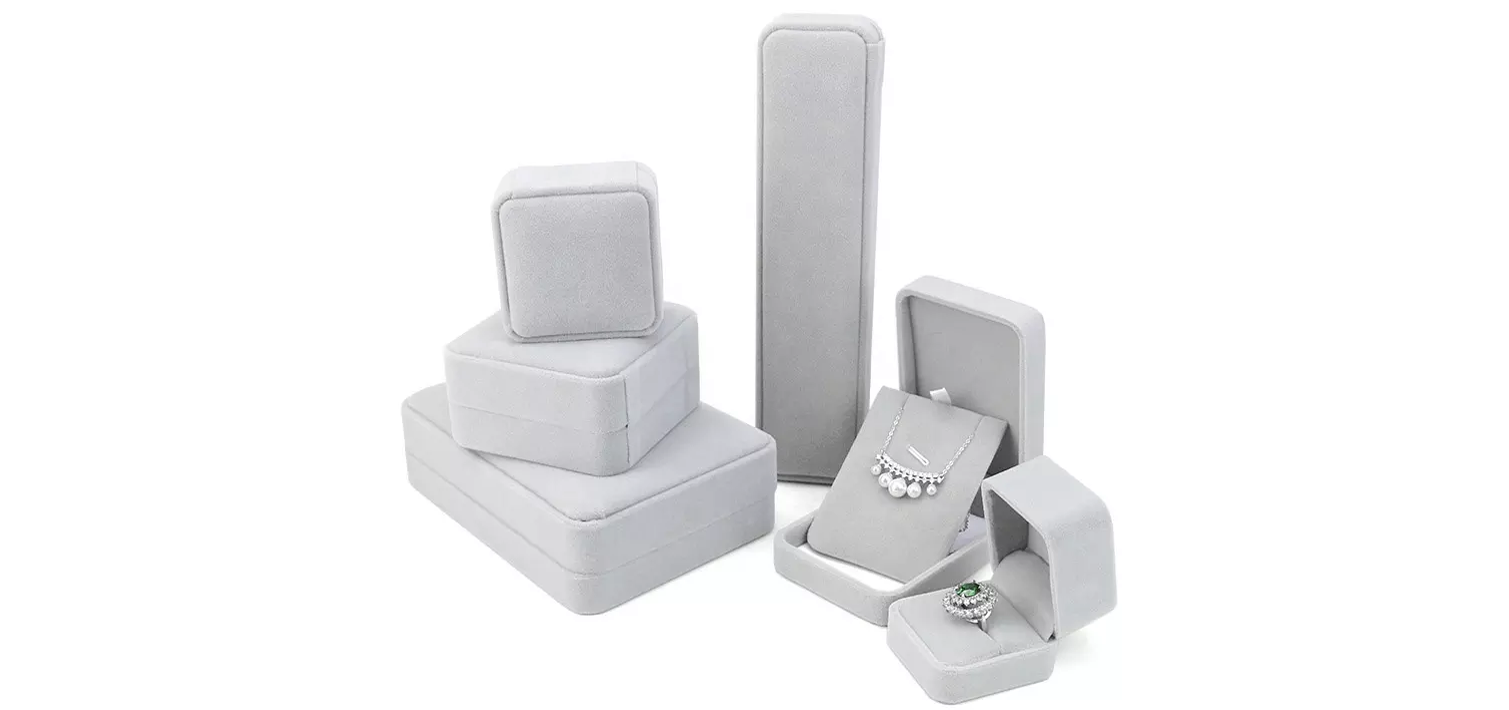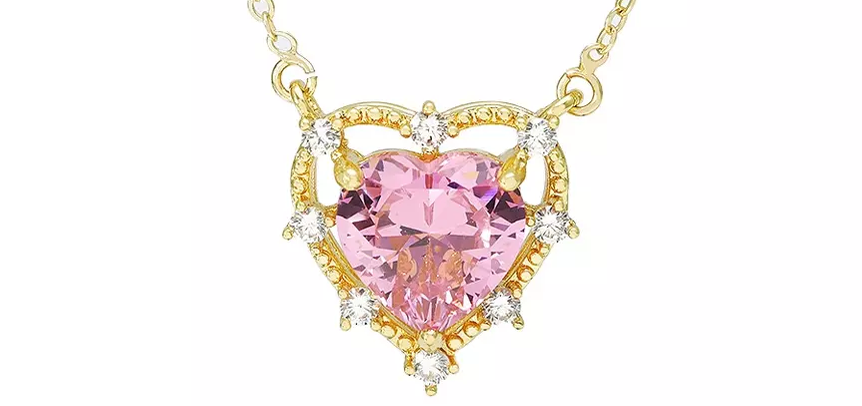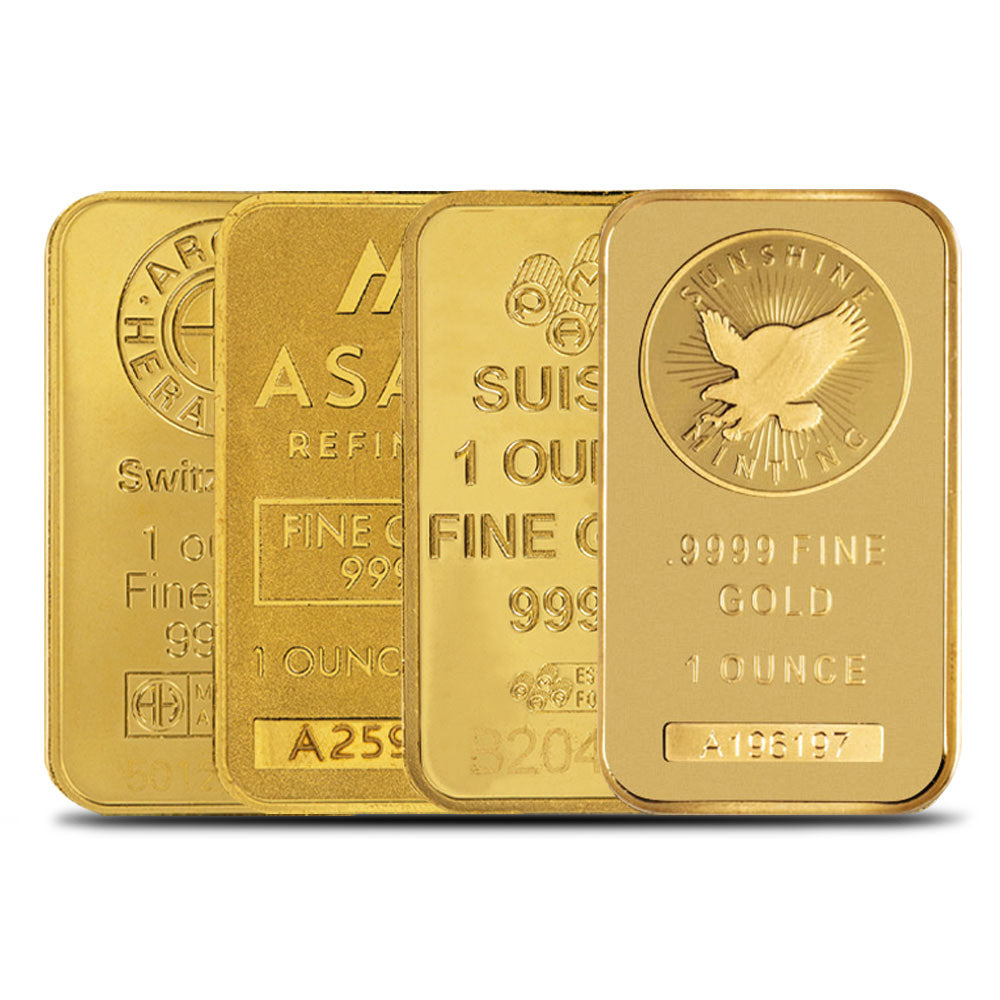Emerald Education
Often considered the gem stone of royalty and romance, the most valued emeralds feature a vibrant green color and beautiful clarity. With colors ranging from bluish green to greenish blue, these striking gemstones are used in all types of jewelry, creating beautiful pendants, earrings, rings, and bracelets. SilverandGold.com has put together a helpful information page so you can learn more about emeralds and be sure to feel confident when you purchase a piece of emerald jewelry.
Color
An emerald’s color is the main determining factor of its value. Emeralds are a medium to darker green color, sometimes ranging to a blue-green. Traces of chromium and/or vanadium impurities are behind the beautiful green color. Hue, tone, and saturation make up the color of any gemstone. The most prized emeralds are of a pure deep green hue or a slightly bluish green hue, and do not have an overly dark tone. If the hue strays too far from the primary green color, the quality of the emerald is lower. The depth of the color of the emerald is referred to as its tone. If the color is too light it could be classifies as green beryl, a less valuable stone. If it is too dark, it will negatively impact the stone’s value, as well as the stone’s brightness. The purity and intensity of a stone’s color is the saturation. The most sought after emeralds have vivid color saturation.
Clarity
Clarity in a gemstone refers to the lack of or presence of inclusions within the stone. Inclusions can make a stone look less beautiful and brilliant, as the inclusions can affect the stone’s light return or muddy the vivid color. However, all emeralds do have some inclusions. Fortunately, proper cutting of an emerald can minimize the affect these inclusions can have on the overall appearance of the stone. There are several types of inclusions that are common to emeralds.
- Fissures or feathers are one of the most common inclusions in emeralds. These inclusions look like lines or cracks within the stone.
- Cavities are spaces where the crystal is not present and a small pocket is present in the stone.
- Fingerprints resemble the look of an actual finger print. These are formed by liquid bubbles that arise within the stone during formation.
- Color Zoning refers to uneven color across the stone. Most emeralds have secondary colors, such as blue or yellow, present within the primary green color.

Emerald Treatments
There are several types of treatments used to improve the clarity and color of the emerald, as most emeralds have some sort of inclusion affecting the clarity of the gemstone. Unlike sapphires and rubies, emeralds are not treated with heat. Most emeralds are oil treated to enhance their overall beauty. Other treatments include resin or polymer and a wax treatment.
- Emeralds typically have fissures that occur when the stone is formed. In an oil treatment, the oil is pulled into the cracks of stone, minimizing the appearance of the surface reaching cracks. However, oil treatments do not significantly alter the emerald’s appearance.
- A resin or polymer treatment is similar to an oil treatment, however the resin or polymer can detract from the overall look or value of the stone, as a foreign substance is being added.
- Less common is the wax treatment. Wax is heated and used to fill in fissures within the stone. However, this treatment is the least desirable, as it can affect the appearance of the stone under magnification, often leaving a gritty look or discoloration.
Cut and Shape
Second to color, the cut of an emerald is an important factor in determining the value and beauty of the gemstone. An emerald cutter can look at the overall composition of the rough stone and determine the best cut and shape for that stone, utilizing the stone’s natural qualities while avoiding waste. The stone should be cut in a way that creates even faceting allowing the brilliant sparkle to shine. Emeralds don’t often sparkle as much as a diamond does, but they still have an attractive shimmer. A well cut emerald will reflect light that enters the stone back out, especially when tilted from side to side.
Emeralds can be cut in many shapes, but he most popular is named after the gemstone, the emerald cut. It shows off the clarity of the stone with a larger table while still offering a little sparkle. Cushion cuts are also popular. Both of these cuts avoid excess waste when shaping the stone. Round brilliant cuts can also be popular, however, they tend to be more expensive as they create more wastage of the stone and require more cutting. Emeralds are also available in most other typical gemstone shapes, including oval, heart, cabochon, etc.
Carat
Carat refers to a gemstone’s weight, not size. Larger emeralds are more rare, and therefore more valuable. Emeralds have a heavier carat weight at the bottom of the gemstone, meaning an emerald will appear smaller than a diamond of the same carat weight.

Synthetic Emerald
It is important to note that synthetic (or created) emeralds exist. Man-made emeralds differ in color and contain no inclusions, though they are chemically the same. Lab created emeralds have the same chemical composition as natural emeralds and are a great option for anyone who wants the look of a classic emerald but can't afford to spend thousands on a gemstone.



